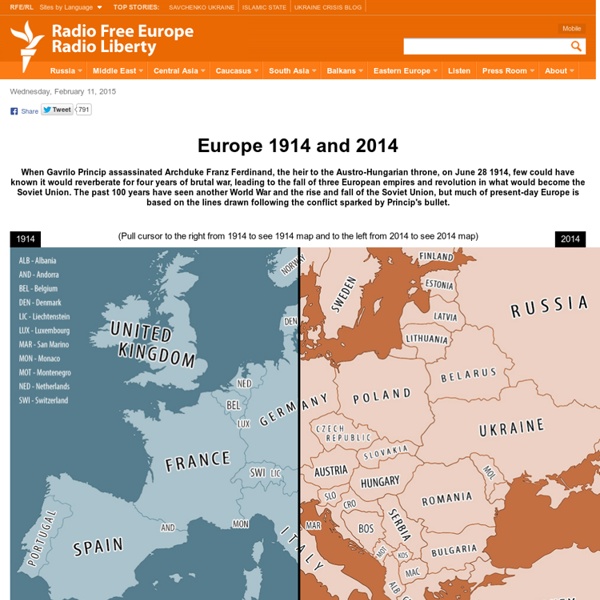



World War I Centenary: 100 Legacies of the Great War World War I changed everything. From new countries to literature, from tanks to treaties and from flamethrowers to fashion, the conflict is still writ large on our lives 100 years on. It gave birth to violent dictators and their ideologies but extended the electoral franchise to millions. It ushered in the era of mechanised warfare whilst laying the foundations for modern medicine. Empires crumbled, borders were redrawn, art movements flowered and women won the vote (even if you still had to be over 30 in some countries). After millions of men gave their lives on the battlefields of Europe, it was doubly tragic that a deadly influenza would claim up to 50 million more deaths in the conflict’s immediate aftermath. Wall Street Journal editors from around the world have selected 100 legacies that still shape our lives today. Writers Editors Multimedia Producers Designers & Developers Jovi Juan, Renee Lightner, Elliot Bentley Consultant David Tattersfield from the Western Front Association
Spartacus Educational Untold stories Photos, letters and other memorabilia It was the war that tore Europe apart – a struggle between the central powers of Germany, Austria-Hungary, Turkey and Bulgaria, against the allied powers of Britain, France, Belgium, Russia, Italy and the USA. No European nation was left untouched – even neutral states felt the impact of the war. But it was the ordinary men and women who were affected the most. This exhibition gives those personal accounts from across Europe for the first time, based on stories and items contributed by the public. Renowned historian and WW1 author Peter Englund said: “This important and imaginative project tells the other side of the story, from the point of view of a young soldier who signed up seeking adventure, to the family devastated by news that he was one of millions who would never return.